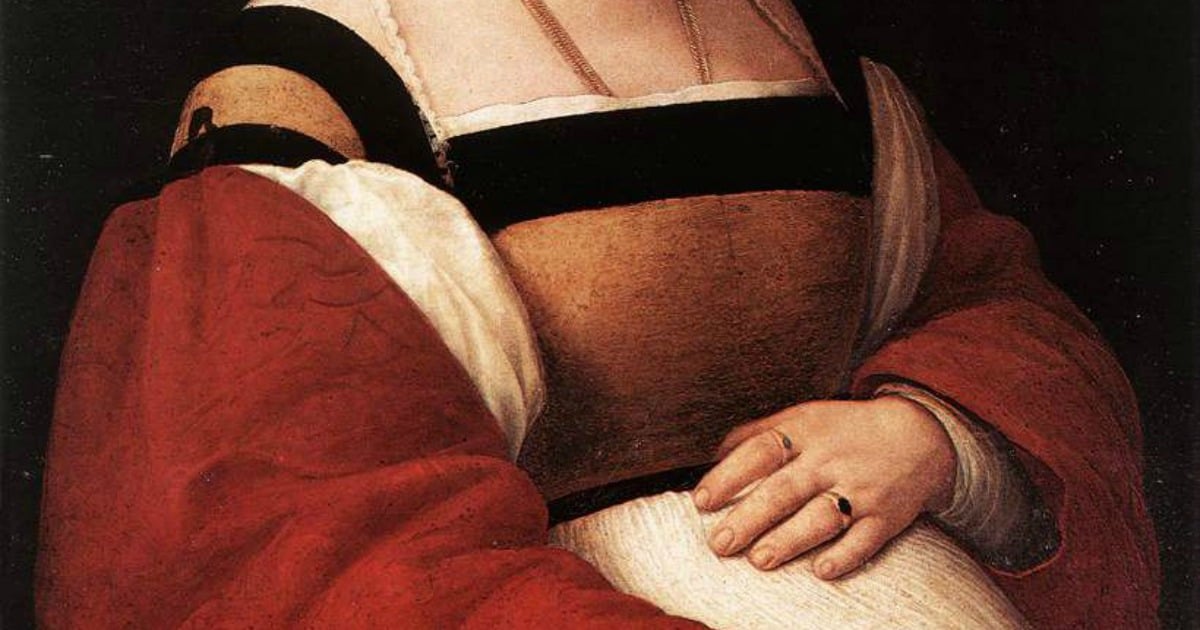Today in Australia, approximately 32 per cent of births end in a caesarean section. Primarily, the surgical procedure is performed in cases where a vaginal delivery would put a baby or mother at risk.
While it would make sense to assume that the procedure developed out of medical necessity, an abundance of research suggests this isn’t the case.
Instead, it seems that the now life-saving C-section has its origins in a chilling 19th century tradition within the Catholic Church.
On April 13, 1804, King Charles IV of Spain issued an official order that no pregnant woman was to be buried with her unborn child inside her. He demanded a postmortem caesarean section must be carried out, so that the fetus could be baptized and “receive salvation”.



Top Comments
And the fact that c-sections were performed in Ancient Rome for the purpose of removing a baby from the womb of a mother who died during childbirth. Seriously, if it's the Catholics you're looking to demonise this week, I'm sure there's plenty of true fodder out there.
So how does that explain the C-section reference in Shakespeare's Macbeth, written 200 years earlier?
Shhh, stop letting the facts get in the way of a totally inaccurate story.